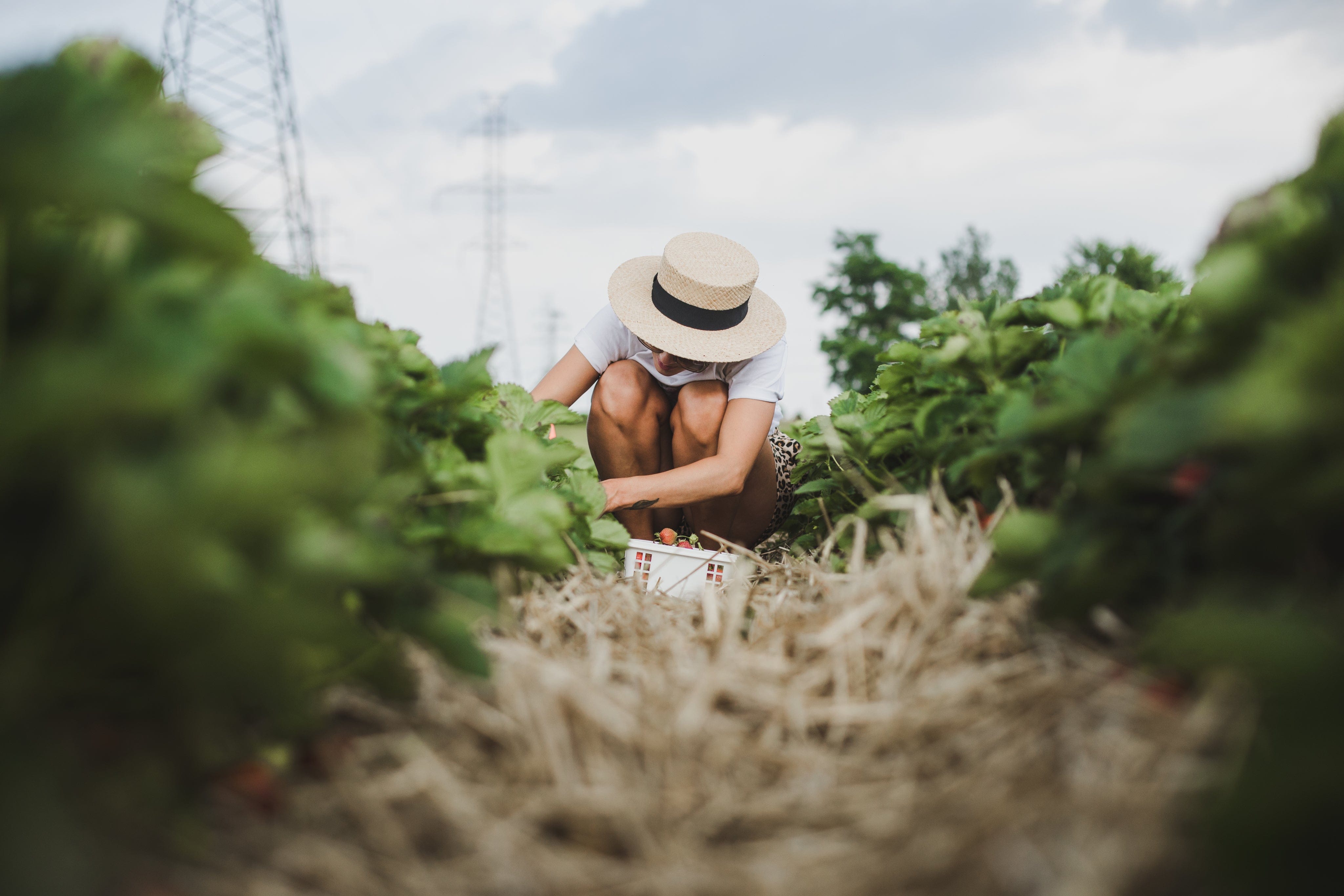
Fertilizer for Plants: A Comprehensive Guide
Introduction
Fertilizing is a fundamental aspect of gardening that significantly contributes to the health and productivity of plants. Just as humans need nutrients to thrive, plants also require a balanced diet to grow robustly and produce bountiful yields. In this guide, we will delve into the world of fertilizers, exploring their types, benefits, and application techniques to help you create a thriving garden.
Types of Fertilizers
Organic Fertilizers
Organic fertilizers are derived from natural sources such as plants, animals, and minerals. They are an excellent choice for environmentally conscious gardeners.
- Compost: Decomposed organic matter that enriches soil with essential nutrients.
- Manure: Animal waste that is rich in nitrogen and improves soil structure.
- Bone Meal: Ground animal bones high in phosphorus, promoting root development.
- Blood Meal: Dried animal blood that is a rich nitrogen source.
- Seaweed Extract: Provides trace elements and stimulates plant growth.
Inorganic (Synthetic) Fertilizers
Inorganic fertilizers are man-made and often provide nutrients in a readily available form, making them effective for quick results.
- Nitrogen Fertilizers: Promote leafy green growth.
- Phosphorus Fertilizers: Enhance root development and flowering.
- Potassium Fertilizers: Improve overall plant health and disease resistance.
- Slow-Release Fertilizers: Gradually release nutrients over time, reducing the risk of over-fertilization.
Liquid vs. Granular Fertilizers
- Liquid Fertilizers: Quickly absorbed by plants, ideal for foliar feeding.
- Granular Fertilizers: Provide a slow, steady release of nutrients, suitable for long-term feeding.
Essential Nutrients in Fertilizers
Macronutrients
- Nitrogen (N): Vital for vegetative growth. Deficiency signs include yellowing leaves and stunted growth.
- Phosphorus (P): Crucial for root development and flowering. Deficiency leads to poor root growth and delayed flowering.
- Potassium (K): Enhances overall plant health and resistance to diseases. Deficiency results in weak stems and poor fruit quality.
Secondary Nutrients
- Calcium (Ca): Important for cell wall structure and growth.
- Magnesium (Mg): Essential for photosynthesis and enzyme activation.
- Sulfur (S): Aids in protein synthesis and chlorophyll production.
Micronutrients
- Iron (Fe): Necessary for chlorophyll synthesis.
- Manganese (Mn): Involved in photosynthesis and nitrogen metabolism.
- Zinc (Zn): Important for enzyme function and growth regulation.
- Copper (Cu): Aids in photosynthesis and respiration.
- Boron (B): Crucial for cell wall formation and reproductive development.
- Molybdenum (Mo): Helps in nitrogen fixation.
- Chlorine (Cl): Required for osmosis and ionic balance.
How to Choose the Right Fertilizer
Soil Testing
- Conduct a soil test to determine pH and nutrient levels.
- Soil tests guide you in selecting the appropriate fertilizer to address specific deficiencies.
Plant Requirements
- Understand the nutrient needs of different plants.
- Match fertilizer types to the growth stage of plants (e.g., high nitrogen for leafy greens, high phosphorus for root crops).
Environmental Considerations
- Opt for eco-friendly fertilizers to minimize environmental impact.
- Consider organic options to promote sustainable gardening practices.
Application Techniques
Timing
- Apply fertilizers at the beginning of the growing season and during key growth stages.
- Avoid fertilizing during extreme weather conditions to prevent nutrient loss.
Methods
- Broadcasting: Spreading fertilizer evenly over a large area.
- Side-Dressing: Applying fertilizer alongside growing plants.
- Foliar Feeding: Spraying liquid fertilizer directly on leaves.
- Fertigation: Injecting fertilizers into irrigation systems.
Organic Fertilizing Practices
Composting
- Create compost from kitchen scraps, garden waste, and manure.
- Use compost to improve soil structure and nutrient content.
Green Manure
- Grow cover crops (e.g., clover, alfalfa) and till them into the soil.
- Green manure enriches soil with organic matter and nutrients.
Animal Manure
- Use well-composted manure to avoid burning plants.
- Manure provides a balanced nutrient supply and improves soil fertility.
Common Fertilizer Myths and Misconceptions
- More Fertilizer Equals Better Growth: Over-fertilization can harm plants and the environment.
- Organic Fertilizers Are Always Better: Both organic and synthetic fertilizers have their benefits and appropriate uses.
- Fertilizers Are Harmful to the Environment: Proper use of eco-friendly fertilizers minimizes environmental impact.
- All Plants Need the Same Fertilizer: Different plants have unique nutrient requirements.
Troubleshooting Fertilizer Issues
Signs of Over-Fertilization
- Yellowing leaves, nutrient burn, and stunted growth indicate over-fertilization.
- Remedy by flushing soil with water and reducing fertilizer application.
Signs of Nutrient Deficiencies
- Identify symptoms specific to nutrient deficiencies (e.g., yellowing leaves for nitrogen, purple leaves for phosphorus).
- Correct deficiencies by applying appropriate fertilizers.
Conclusion
Fertilizing is an essential practice for maintaining a healthy and productive garden. By understanding the types of fertilizers, their benefits, and application techniques, you can ensure your plants receive the nutrients they need to thrive. Visit The Pot Shack for a wide range of organic and synthetic fertilizers suited for your gardening needs.




Leave a comment
This site is protected by hCaptcha and the hCaptcha Privacy Policy and Terms of Service apply.